The idea that investing in real estate under construction can be more profitable than buying ready-made properties is not new. I recall a friend who invested at the drawing stage and saw his investment grow tenfold by completion—though this isn’t typical, returns of 25-30% are common with off-plan properties. However, like any investment, it’s important to understand the process, risks, and potential pitfalls. In this guide, I’ll cover everything you need to know to make smart decisions in off-plan property investments.
What Is Off-Plan Property?
Off-plan property investment means buying a property before the construction is completed, often at a significantly lower price. Investors agree to purchase based on architectural plans and specifications, trusting the developer to deliver what’s promised. So, it’s a commitment to the project’s future potential rather than a ready, physical asset.
In many ways, off-plan investing resembles venture capital investing. Just like backing a startup, you’re investing in a vision with the hope it will succeed. While there’s risk involved—delays, changes, or market downturns—the potential for high returns can make the gamble worthwhile.
Why Invest in Off-Plan Property? Key Benefits Explained
Capital Growth Potential
By investing early in a property still under construction, you lock in at today’s prices, while the property’s value often rises during development. As infrastructure improves and demand increases, you can see significant appreciation by the time construction is complete.
Higher Rental Yields
Newly built properties typically attract higher rental yields than older ones, as tenants are willing to pay more for modern amenities and energy-efficient designs. This demand for updated features can lead to increased rental income, optimizing returns for investors.
Access to Emerging Areas
Off-plan investing offers early access to developing neighborhoods poised for growth. By buying into projects in up-and-coming areas, you can secure properties before prices surge, capitalizing on future demand as the area transforms.
How to Find the Best Off-Plan Property Deals
There’s no universal guide to finding the perfect off-plan property deal—your experience and instincts will be your best guide over time. However, following a few key steps can significantly improve your chances of securing a great investment.
- Focus on High-Growth Areas
Focus on locations with strong growth potential. Look for areas with new infrastructure, potential job markets, or upcoming development projects that can drive property value up. - Choose Developers with Proven Success
The right developer can make or break an investment. Look into their track record, completed projects, and financial stability to ensure they can deliver on their promises. - Look for Early Buyer Perks
Many developers offer early-bird incentives like discounted prices or flexible payment plans. These perks can boost your returns, so always ask what’s available before committing. - Map Out Your Exit Plan
Think about how you’ll exit the investment. Whether you plan to rent, resell, or hold long-term, having a clear strategy will help you maximize your profits when the time comes.
Key Construction Stages to Consider When Investing in Off-Plan Property
The construction stages of an off-plan property can vary depending on factors like the country, climate, and type of property. However, they generally follow these key steps:
1. Pre-Design Stage
In this early phase, developers conduct site analysis, estimate costs, and confirm the project’s viability. They start gathering resources and mapping out the construction timeline. While some insider investors may show interest informally, there’s no formal legal framework in place yet.
2. Design Stage
It is the stage when developers finalize detailed designs, blueprints, and specifications. The entire structure and aesthetic vision take shape. Meanwhile, marketing teams begin rolling out information, warming up potential investors and offering early reservations for those looking to secure a spot.
3. Procurement Stage
Developers secure the materials, labor, and services required to bring the project to life. Contracts with vendors get finalized, and major fundraising begins as the project moves toward execution. This stage is often the optimal entry point for investors.
4. Construction Stage
This is the most visible phase where the building starts to rise. Developers focus on laying the foundation, constructing the structure, and installing systems like plumbing and electrical work. As progress unfolds, investors typically receive regular updates and closely monitor the development.
5. Finishing Stage
While part of the overall construction, finishing involves separate contractor teams handling interior work like flooring, painting, and installations. By this point, all funds are usually secured, and the property’s value may even increase due to market dynamics.
6. Post-Construction Stage
With construction complete, the project shifts to final inspections, handover, and ongoing maintenance. Investors take ownership, making any remaining payments, and the property is now ready for sale or rental as a brand-new asset.
Reducing Risks When Investing Off-Plan
While off-plan property investing can offer significant rewards, it also comes with its share of risks. However, by taking proactive measures, investors can mitigate these challenges and protect their investments.
- Managing Construction Delays
Construction delays are one of the most common risks. Issues like bad weather, supply chain disruptions, or contractor problems can push back completion dates. To manage this risk, carefully research the developer’s track record. Established developers with a strong history of delivering on time and on budget reduce your exposure to delays. It’s also essential to negotiate a reservation agreement with clear terms around delays, including contingency buffers and deposit return policies. - Navigating Changing Regulations
Shifting regulations, taxes, and policies can affect profitability. For instance, changes in rental tax laws or licensing requirements could reduce yields. Mitigate regulatory risks by conducting thorough research on local policies and consulting experts to model different scenarios. Stress test your investment against policy changes to ensure you have enough flexibility in your financial projections. - Adapting to Evolving Market Conditions
Market conditions can shift between the time of purchase and project completion. Factors like tenant demand, pricing trends, or increased competition can impact returns. To safeguard against this, do your due diligence on long-term demand and supply in the area. Conservative financial projections and stress testing can help you adapt to any shifts in market dynamics over time.
Right Way to Exit an Off-Plan Property Investment
Once your off-plan property is completed, you’ve got two main options. You can keep it as a rental and exit slowly over time, collecting income while building your rental portfolio. If being a landlord sounds appealing, you might want to check out our article on how to grow your rental empire for more insights.
If selling is more your style, it’s usually best to do it as quickly as possible. The sweet spot is right when the property is freshly finished and brand-new, or even just a moment before. Holding onto it longer to see whether estimates pass reality check or not can work, but it often takes too long and might not turn out as planned. Flipping it early means you cash out with maximum ROI and minimal effort.
Crowdinvesting: A New Approach to Off-Plan Property Investments
For those looking to invest in off-plan properties without the budget for a full unit, or who prefer a hands-off approach, crowdinvesting is an excellent alternative. This method allows you to own a portion of a construction project, giving you the opportunity to share in the property’s value growth as it progresses. It’s a smart way to diversify your investments and spread the risk.

Platforms like Binaryx make this process even easier through tokenization. Each construction project is organized under a DAO LLC, which holds the property title and raises capital by selling property tokens. When you purchase these tokens, you become a fractional owner, gaining a share of any future profits. Starting with as little as $500, you can invest in multiple projects, spreading your capital across different construction investments.
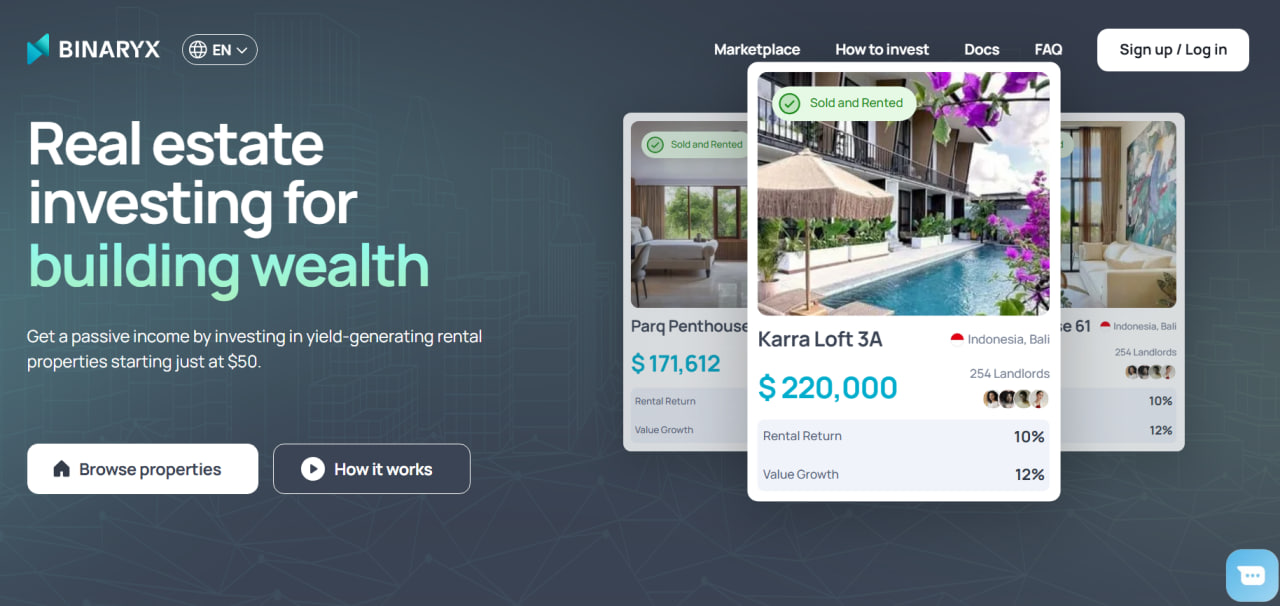
By buying tokens that represent fractions of a property under construction, you benefit from price appreciation as construction moves forward. Early tokens are sold at lower prices, increasing in value over time, meaning the first investors stand to gain the most. Once the property is complete and sold, profits are shared among token holders. You can either sell your tokens on the market or convert them into rental income tokens to earn ongoing revenue from the finished property.
Off-Plan Property Opportunities in Bali
Bali has become a hotspot for real estate investors, driven by its booming tourism industry and favorable investment climate. In 2023 alone, the island welcomed 4.3 million international tourists, nearly reaching pre-pandemic levels. This growing demand has had a direct impact on the real estate market, with property values increasing by 18% in the same year. The combination of increasing tourist traffic, strong rental yields, and attractive property prices makes Bali a prime location for off-plan property investments.
The island offers a variety of neighborhoods that cater to different investment strategies. Areas like Canggu and Seminyak are popular for rental properties, offering high occupancy rates and strong returns due to their appeal to both tourists and expats. On the other hand, quieter regions like Ubud or Amed present opportunities for investors seeking to build boutique hotels or wellness retreats.
The Binaryx Platform makes it easier to tap into Bali’s real estate market. You can pick a construction investment that suits you, and enjoy a smooth and relaxed investing experience.
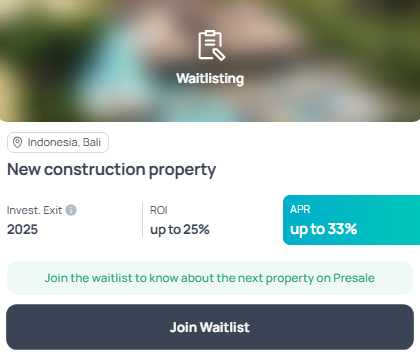
Off-Plan Property Opportunities in Montenegro
Montenegro’s real estate market is emerging as a hidden gem, offering strong investment potential due to its affordability and rapid development. In 2024, tourist arrivals grew by 7%, with international visitors accounting for 90% of the total. This rising interest, especially in hotspots like Budva and Kotor, has fueled an 80-100% increase in coastal rental demand. With the country moving closer to EU membership, property values are expected to rise significantly, making now a strategic time to invest in off-plan properties.
Coastal regions such as Tivat and Kotor are popular among investors looking for luxury rental properties, while inland areas like Kolasin offer opportunities tied to seasonal tourism, particularly for ski resorts. The variety of locations provides flexibility for different investment strategies—whether you’re focused on short-term vacation rentals or long-term growth as Montenegro integrates more into the European market.
For investors seeking off-plan opportunities, Montenegro’s combination of relatively low entry costs and promising future growth makes it a compelling destination.
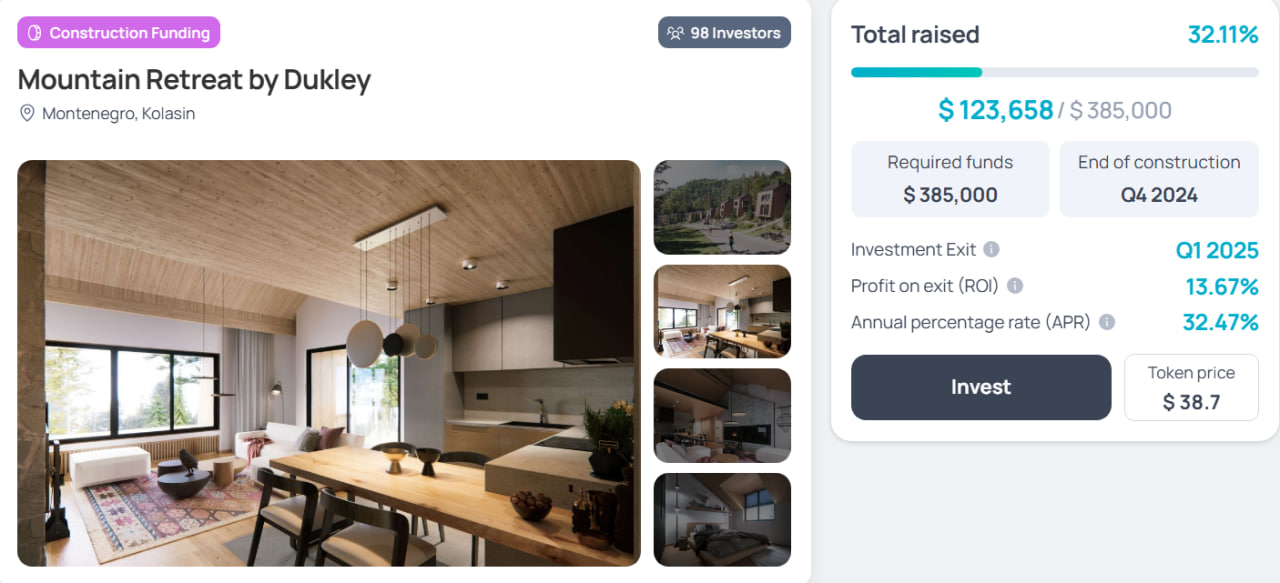
A New Era of Off-Plan Property Investment with Binaryx
Off-plan property investment offers a compelling way to build wealth, particularly in emerging markets like Bali and Montenegro. By securing properties at lower prices during the construction phase, you can benefit from substantial capital growth and higher rental yields once the development is completed. You choose to hold onto the property for long-term rental income or flip it quickly for a faster return.
The key to success lies in careful planning—doing your due diligence on developers, markets, and project timelines, while also having a clear exit strategy. For those looking for a more accessible way to enter the market, platforms like Binaryx simplify the process with fractional ownership opportunities, enabling investors to tap into lucrative off-plan projects without the need for large upfront capital. Now is the perfect time to explore off-plan investments and take advantage of these growing opportunities in global real estate markets.
Articles you may be interested in

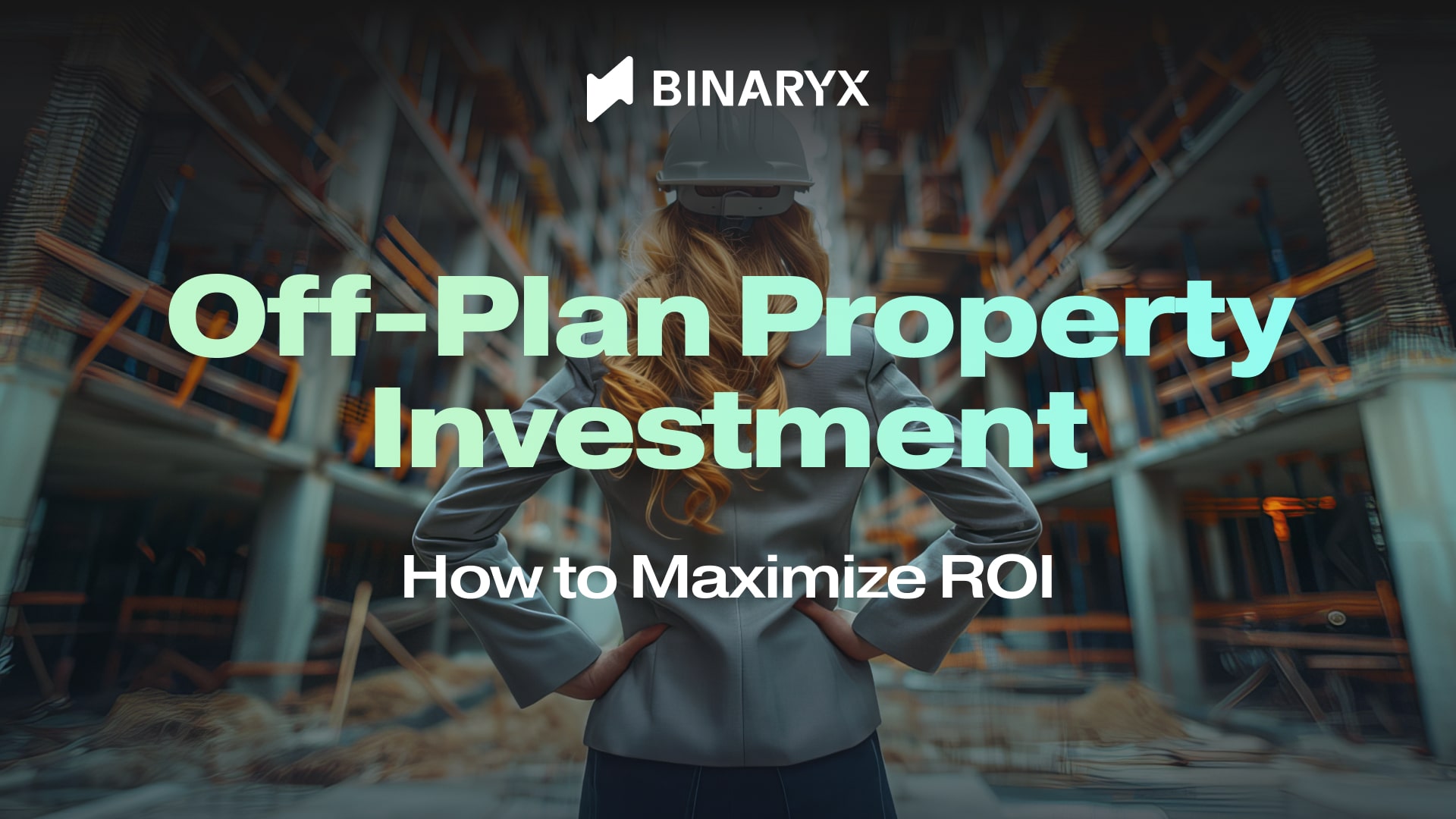



.jpeg)
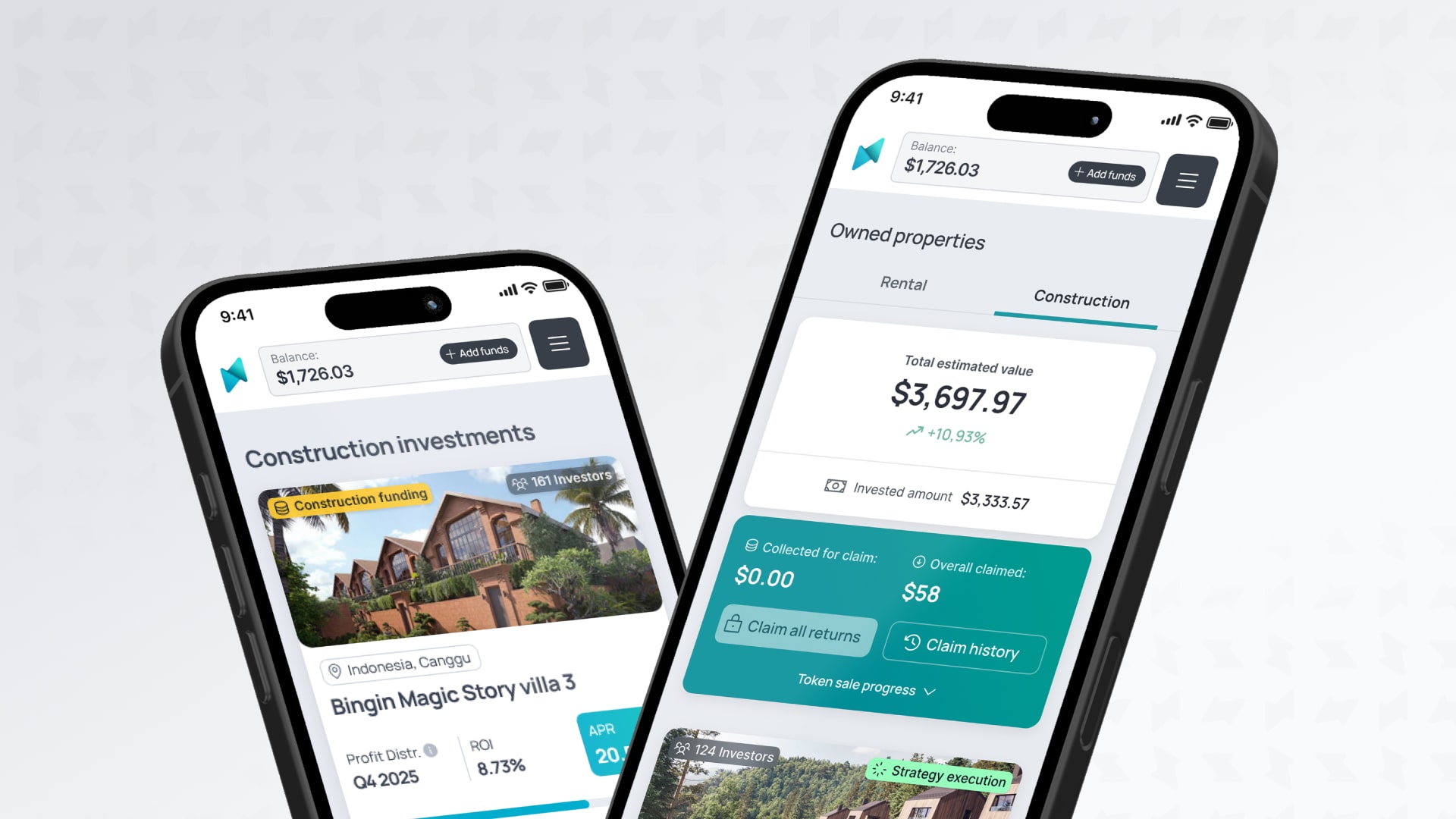
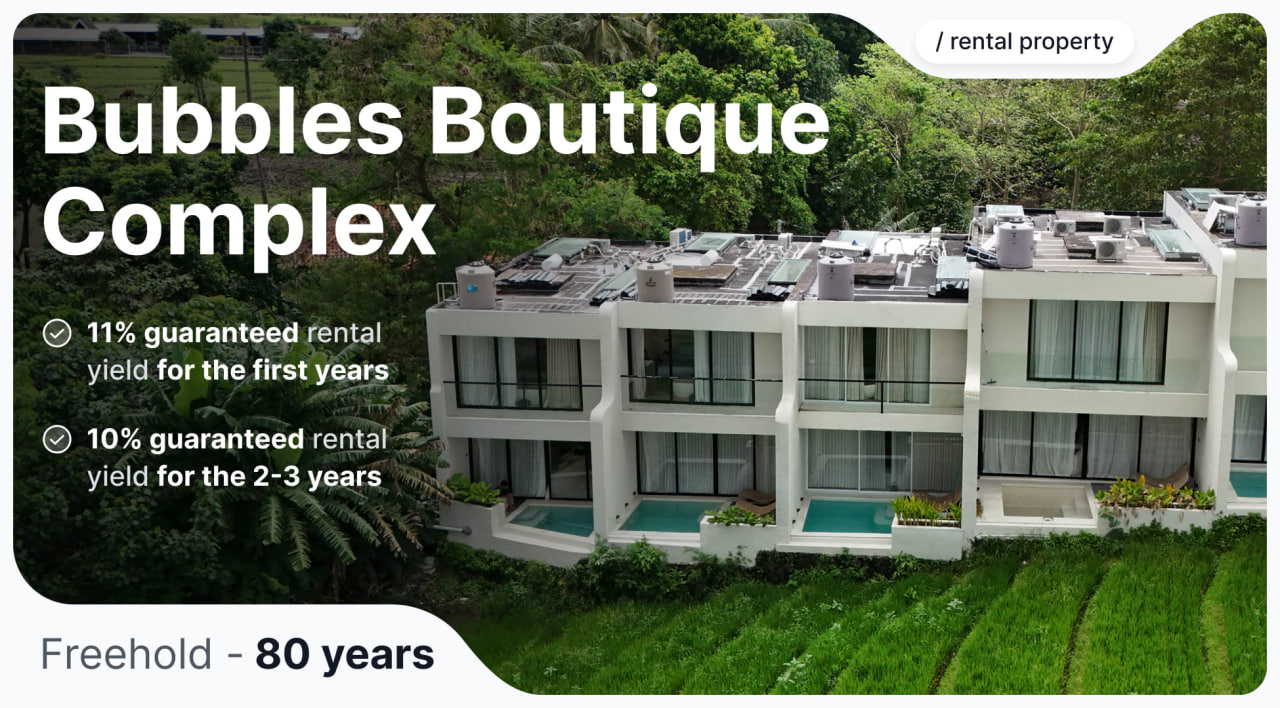

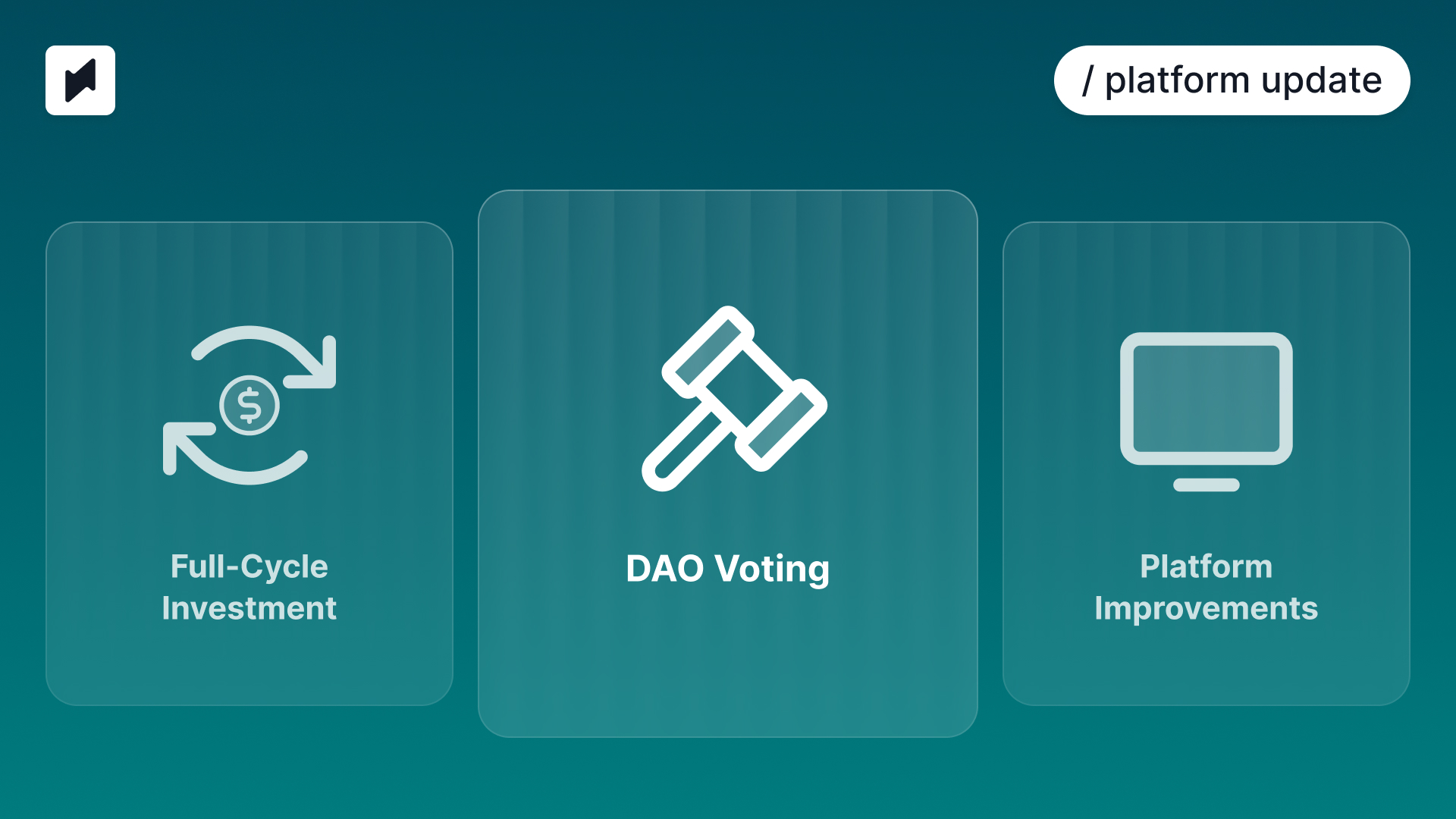
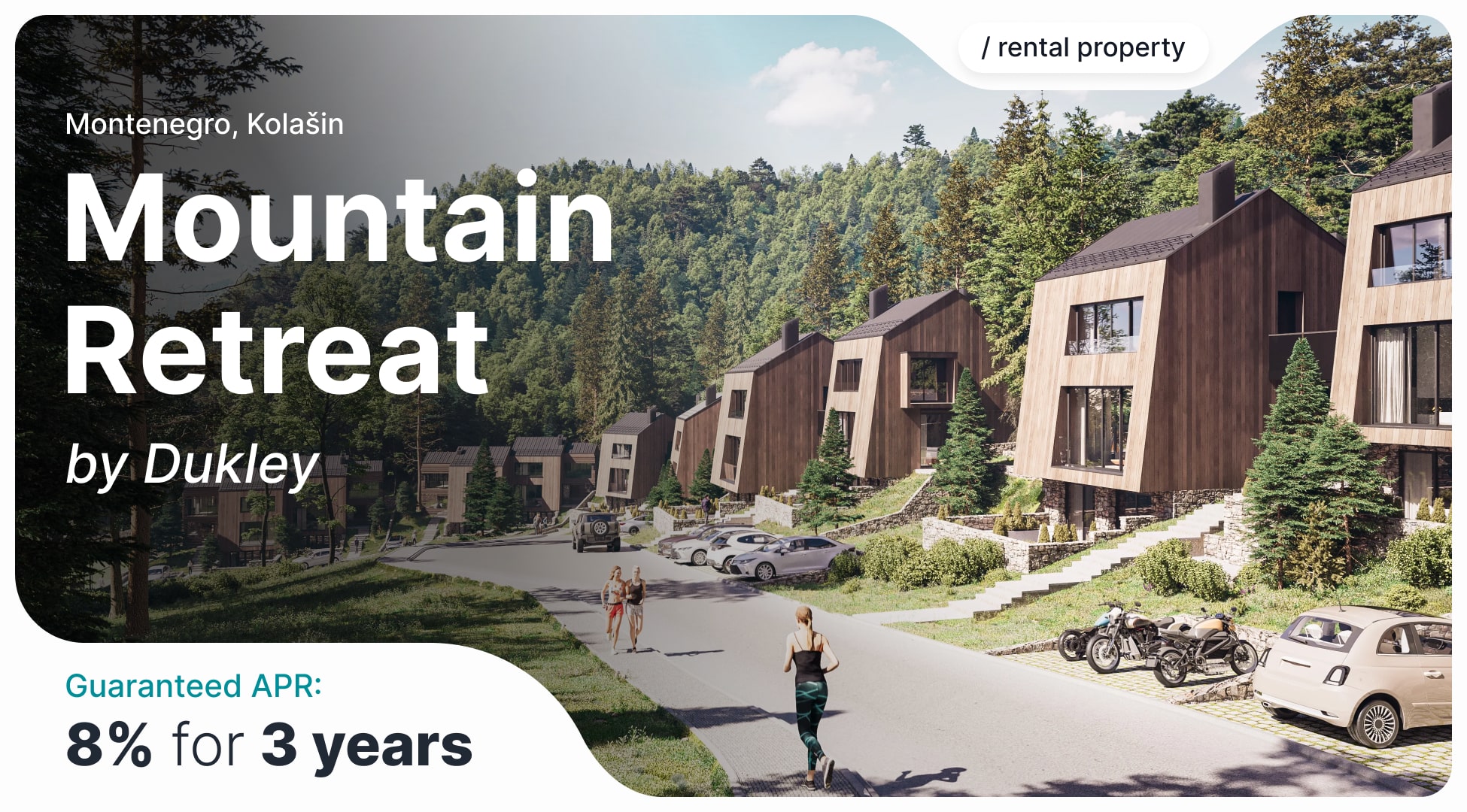
-min.jpeg)
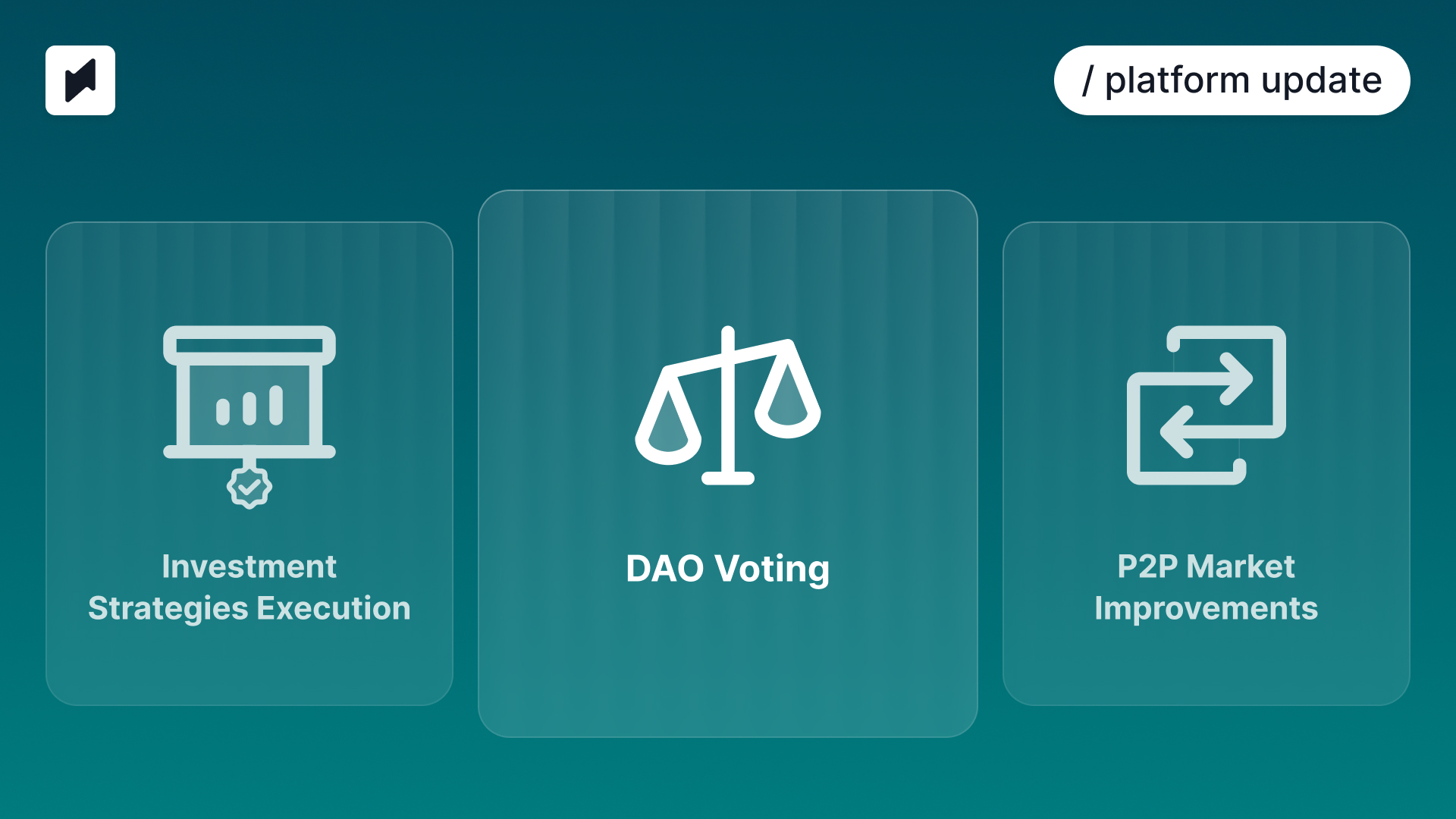
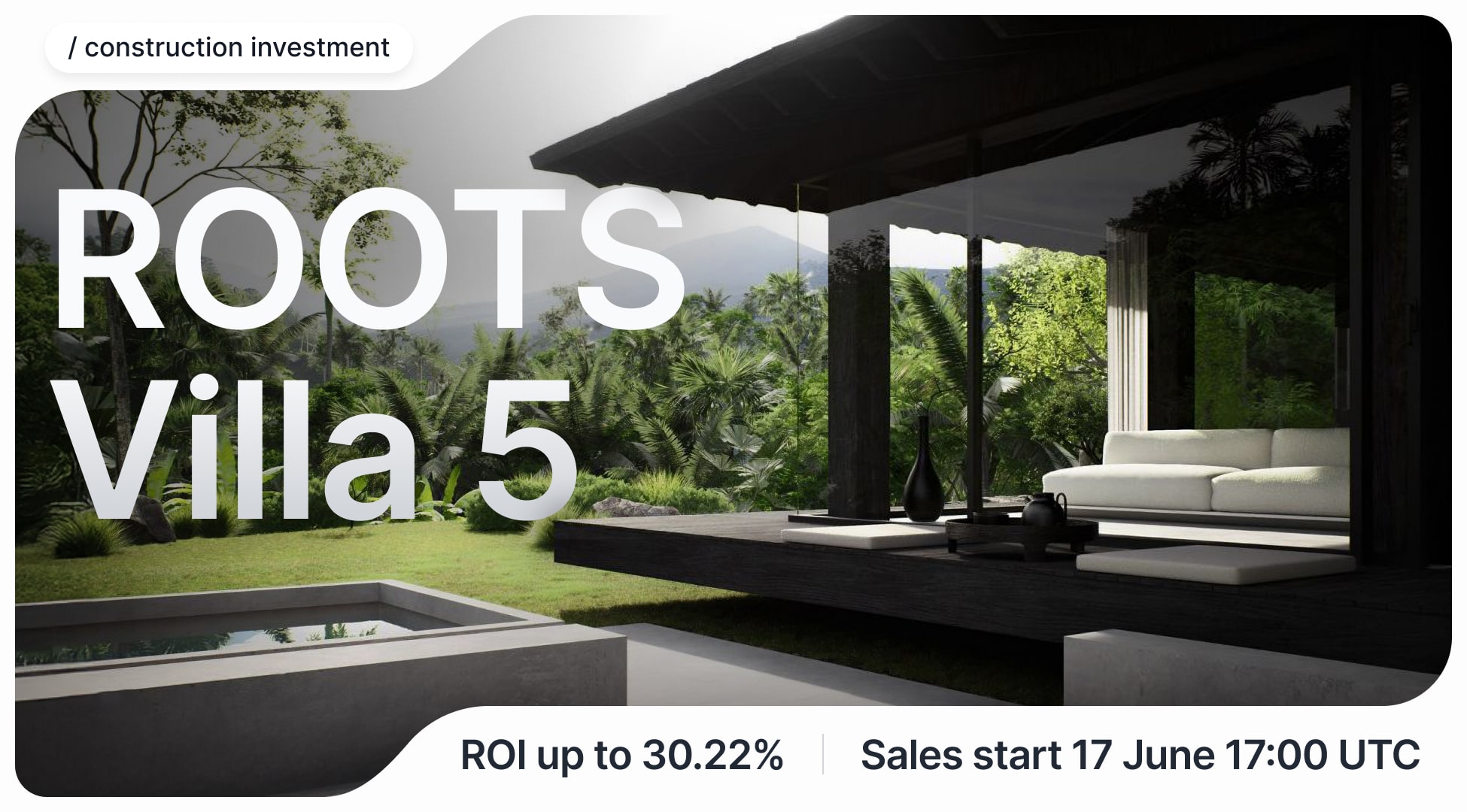
.webp)